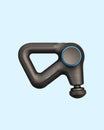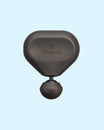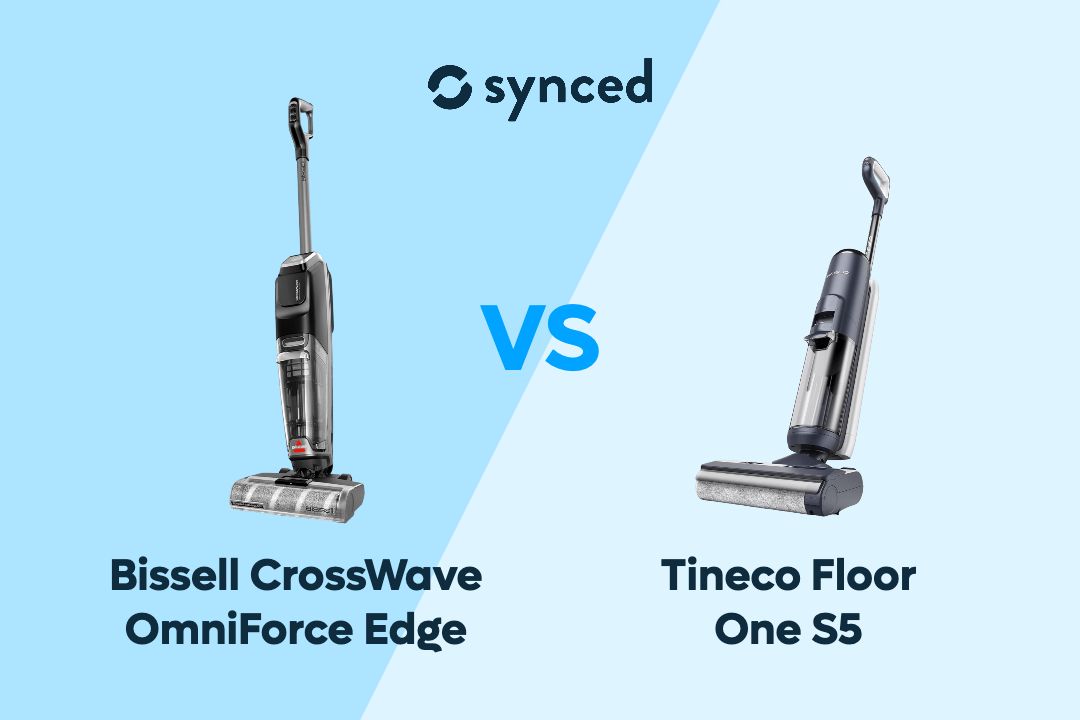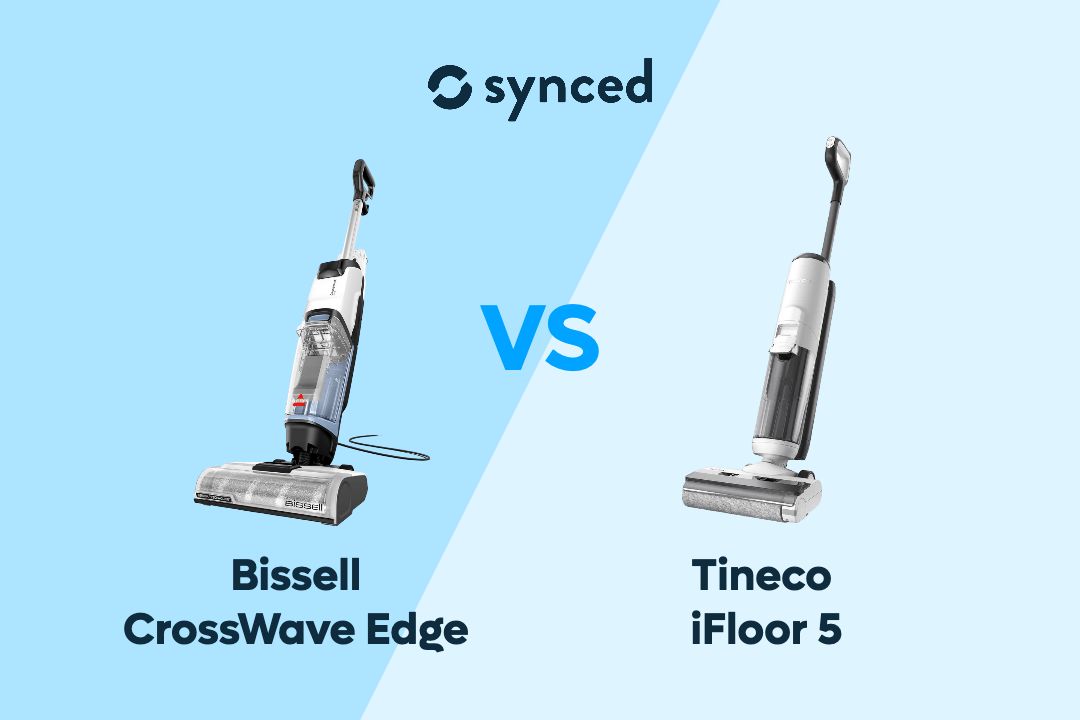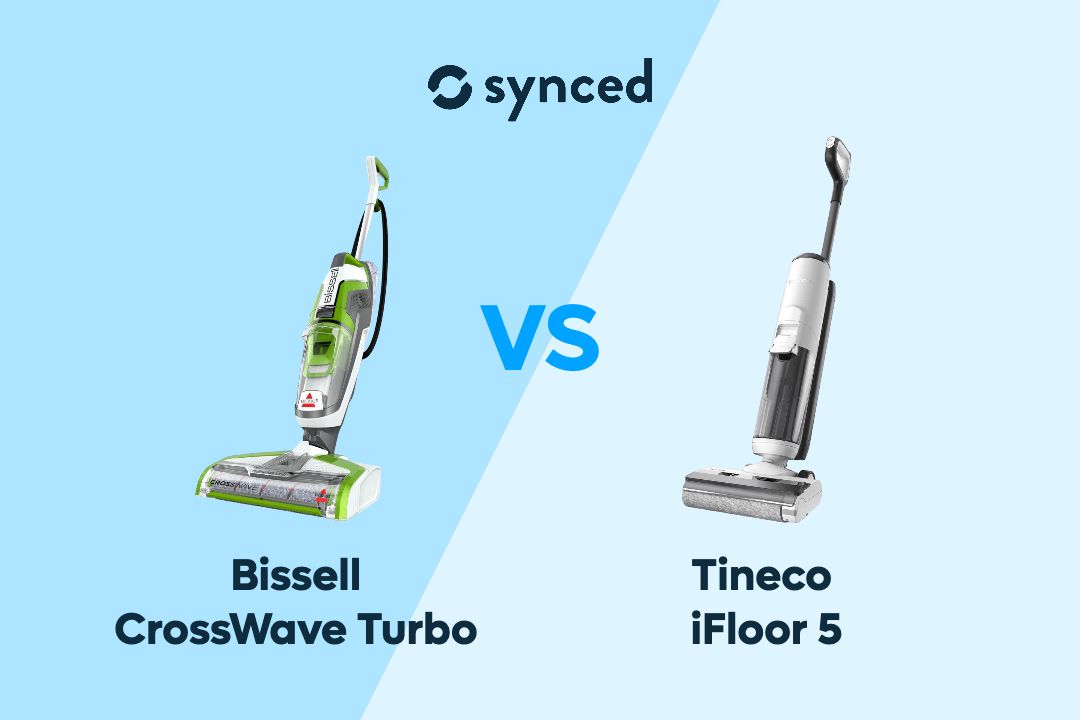Rode Wireless Micro vs GO (Gen 3): How Do They Compare?
Naila Syifa
Updated December 2024

Rode, a popular audio equipment brand, has just released two new wireless microphones in 2024: the Rode Wireless Micro and the Rode Wireless GO (Gen 3).
The Micro is an ultra-compact model designed for the go, while the Wireless GO (Gen 3) is an upgraded version of their popular wireless microphone. How do these two new models compare?
Key Takeaways
Rode Wireless Micro wins in terms of compact form, max SPL, and total runtime with charging case. However, Rode Wireless GO (Gen 3) is more feature-rich and versatile, offering safety channels, 32-bit float internal recording, and granular gain control that the Micro doesn't offer.


Rode Wireless Micro
Grab-and-Go Audio
✓ Intelligent GainAssist
✓ Automatic Pairing
✓ App Control
✓ 21-Hour Battery

Rode Wireless GO (Gen 3)
All the Essentials
✓ 32-bit Float Internal Recording
✓ Intelligent GainAssist
✓ Granular Gain Adjustment
✓ Plug-In Power Detect
Design

Rode Wireless Micro
Rode Wireless Micro is tiny and very lightweight at just 12 grams, around 3 times lighter than the standard-sized Wireless GO (Gen 3). That means it is very pocketable to take and to go and is also more discreet to use.
However, the tiny design compromises the level of on-device control. Let alone a display, the Wireless Micro doesn't even have a button. It automatically starts recording as soon as you take it out of the charging case. This looks simple but may not be handy practically when you don't want to record right away or want to stop recording.
Meanwhile, the larger Rode Wireless GO (Gen 3) houses pretty much all the controls you'd expect on a wireless microphone, including buttons for power, start/stop recording, gain controls, and even a small LCD screen on the receiver. There are also connectivity ports that the Micro lacks, including USB-C and a 3.5mm TRRS connector on the receiver and USB-C and 3.5mm TRS input on the transmitter.
While both models have an integrated clip design, only the Micro comes with extra magnetic attachments. Magnetic attachments are more versatile in terms of mounting and position.
Audio Features

Rode Wireless GO (Gen 3)
Both wireless microphone systems support mono and stereo recording, which is known respectively as Merged and Stereo modes on Rode. The former records a single audio channel, while the latter records a left and right channel for more editing flexibility.
Rode Wireless GO (Gen 3) offers a third Safety Channel mode, which records a second channel at a lower volume as a backup in case the main channel clips. During unexpected loud noises or sudden changes in volume, the safety channel can help prevent distortion and save the recording.
Another way that recording audio feels safer with the Rode Wireless GO (Gen 3) is its ability to record internally. While the Wireless Micro stores audio on the connected device, the Wireless GO (Gen 3) can record over 40 hours of 32-bit float audio directly onto its own internal storage. That means that when the connection is unexpectedly interrupted, the GO would still preserve the recording while the Micro would lose it.
One common feature both models share is Intelligent GainAssist. It automatically adjusts the microphone gain to keep the audio levels balanced. If you prefer manual gain adjustment, both models also allow you to control the gain levels.

Rode Wireless Micro
The Rode Wireless GO (Gen 3) has an advantage with granular gain control. We can adjust the output gain from -30dB to 0dB range in 3dB increments directly on the receiver, as well as the input gain from 0dB to 30dB in 1 dB increment directly on the transmitter.
Meanwhile, Rode Wireless Micro only allows output gain adjustment in 3 levels (low, medium, and high). Also, as there are no physical buttons on the device, gain adjustment (and other settings) can only be done through the companion app.
In terms of audio, the only area the Wireless Micro excels over the Rode Wireless GO (Gen 3) is the maximum Sound Pressure Level (SPL), which is the highest volume it can handle without distorting. The Micro has a 135 dB SPL, while the GO has a 123.5 dB SPL.
However, remember that the Wireless GO (Gen 3) has a safety channel feature. So, despite the lower maximum SPL, it is well-equipped to handle unexpected loud noises and prevent distortion.
Connectivity & Range

Rode Wireless GO (Gen 3)
Rode Wireless Micro features no connectivity ports, it only relies on the USB-C/Lightning connector on the receiver for audio output. Ideally, you would use it with smartphones, tablets, or cameras that have a USB-C or Lightning port, depending on which variant you purchase.
Meanwhile, Rode Wireless GO (Gen 3) has both digital (USB-C) and analog (3.5mm TRRS) outputs, allowing you to connect it to a wider range of devices, including phones, cameras, and computers. The transmitter also features a 3.5mm locking TRS input, enabling you to connect it to Lavalier microphones if you prefer to use an external microphone.
In terms of range, the Wireless GO (Gen 3) is also leading. It supports up to 260 m line-of-sight range, while the Wireless Micro is limited to 100 m line-of-sight.
Battery

Rode Wireless GO (Gen 3)
Each transmitter and receiver of both microphone systems offer up to 7 hours of runtime, so they stand equally well in terms of battery life.
However, Rode Wireless Micro comes with a charging case, which provides an additional 14 hours of battery life, making it more convenient for extended use on the go.
Rode Wireless GO (Gen 3) also offers a charging case that provides an additional 14 hours of battery life, but it requires a separate purchase. What comes included in the package is just the Charging Hub, which charges the transmitter and receiver simultaneously but does not provide any additional backup power.
However, Rode Wireless GO (Gen 3) has a unique plug-in power detect feature. When connected to a camera, it will automatically turn on and off in sync with the camera power, eliminating the need to manually turn it on and off while also saving battery.
Rode Wireless Micro vs GO (Gen 3)
Final Thoughts

Rode Wireless Micro
The Rode Wireless Micro and Wireless GO (Gen 3) both offer compelling features for different use cases. The Wireless Micro's ultra-compact and lightweight design makes it an excellent choice for discreet, on-the-go recording. However, it has fairly limited controls and lacks features like safety channels and internal recording.
Meanwhile, the Rode Wireless GO (Gen 3) provides more comprehensive controls with a larger feature set, including safety channels, 32-bit float internal recording, and more granular gain control. It also supports wider connectivity options, making it a more robust option for professional audio applications.
If you like to read more about Wireless Microphone, check out our other relevant guides here:
Rode Wireless GO 2 vs GO (Gen 3)
Rode Wireless GO (Gen 3) vs Pro
Rode Wireless GO (Gen 3) vs DJI Mic 2
Rode Wireless GO (Gen 3) vs DJI Mic Mini
Author

Naila Syifa
Naila has spent over 1,800 hours researching, exploring, and writing about the latest trends in technology, consumer electronics, and smart home gadgets.
Don't miss out on tech
Subscribe to our newsletter to stay up to date on the latest tech trends and guides on the best gadgets around.


